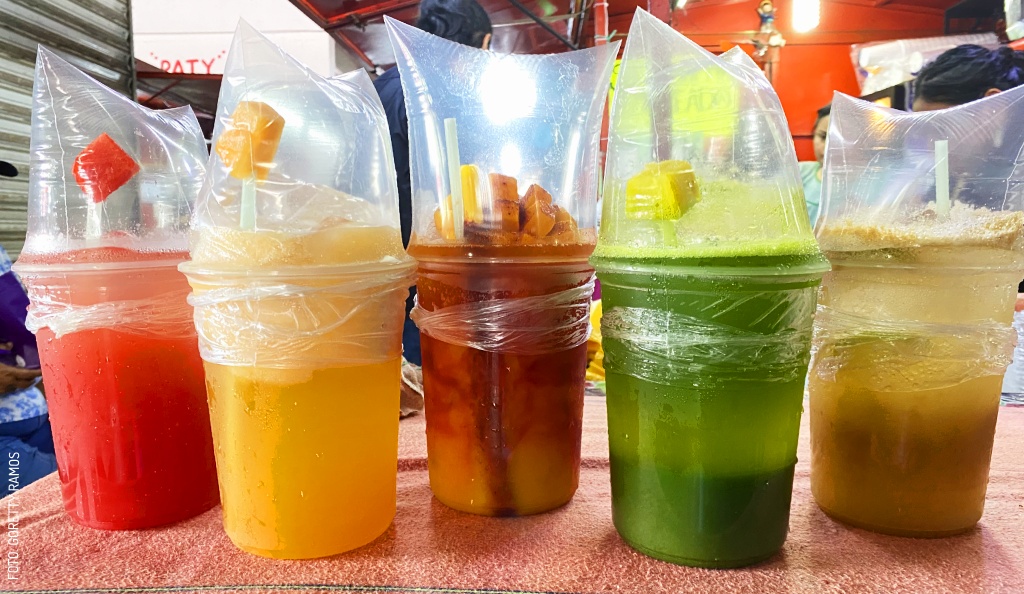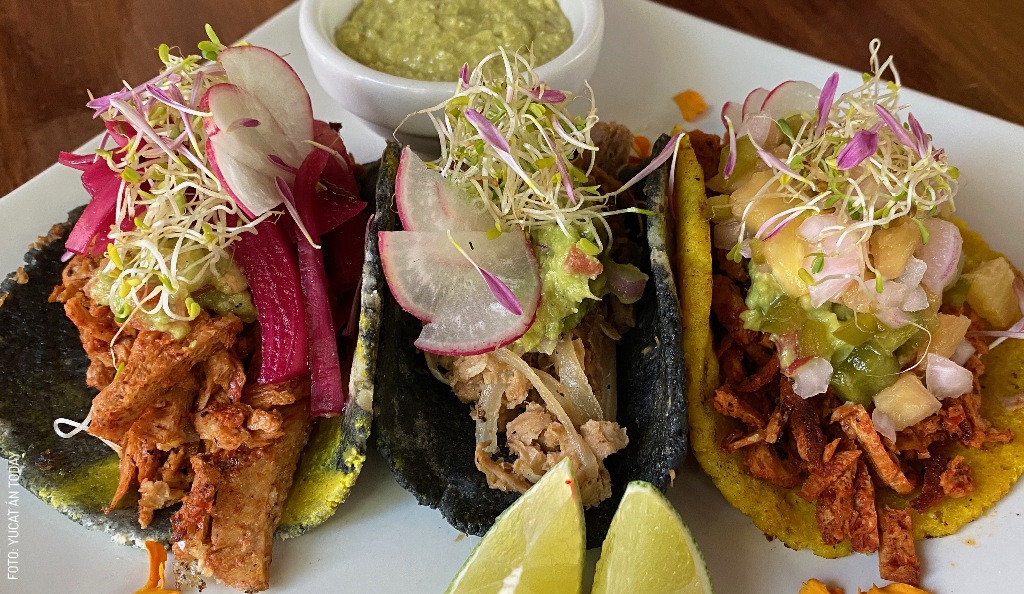- Inicio
- Gastronomia
- Restaurantes en Yucatán
Restaurantes en Yucatán
Descubre los mejores restaurantes que ofrecen una fusión única de sabores ancestrales y modernos.
Descubre los Mejores Restaurantes de la Región

Restaurantes Clásicos de Ayer y Hoy en Mérida
Conoce más
Arriba en la terraza
Conoce más
El sabor del pasado
Conoce más
Bares y Cantinas en el Centro de Mérida
Conoce másSabores de Yucatán

Gastronomía
Taquería El Paradero: al servicio de su paladar desde 1968
La taquería El Paradero en Teabo, un negocio familiar de tres generaciones gracias a deliciosos plat...
Leer más

Gastronomía
El amplio abanico gastronómico de Valladolid, Yucatán
Descubre la diversa oferta gastronómica de Valladolid, Yucatán, desde tacos tradicionales hasta deli...
Leer más

Vida nocturna
Restaurantes Trotter, un legado de sabores
¡Descubre Trotter's en Mérida! Conoce todos sus restaurantes dentro y fuera de la ciudad, junto con ...
Leer más

Platillos regionales y dónde probarlos
Un recorrido gastronómico por Itzimná
Sorpréndete con esta lista de excelentes lugares para sentarse a comer en Itzimná, deliciosas taquer...
Leer más

Gastronomía
El Corredor Gastronómico 47 de Mérida: una guía para explorar.
Descubre toda la diversidad de platillos y bebidas que el Corredor Gastronómico de Mérida tiene para...
Leer más

Gastronomía
Seis chefs jóvenes y dónde conocerlos
Te invitamos a sorprenderte con las historias, platillos y bebidas únicas, desarrolladas por 6 chefs...
Leer más
Artículos relacionados

Gastronomía
Bebidas refrescantes en los mercados de Mérida
Descubre las bebidas refrescantes y tradicionales que puedes disfrutar en los mercados de Mérida...

Gastronomía
Taquería El Paradero: al servicio de su paladar desde 1968
La taquería El Paradero en Teabo, un negocio familiar de tres generaciones gracias a deliciosos...

Gastronomía
El amplio abanico gastronómico de Valladolid, Yucatán
Descubre la diversa oferta gastronómica de Valladolid, Yucatán, desde tacos tradicionales hasta...
No te pierdas de nada, suscríbete a nuestro newsletter
¿Enamorado de Yucatán? Recibe nuestro contenido antes que nadie.



